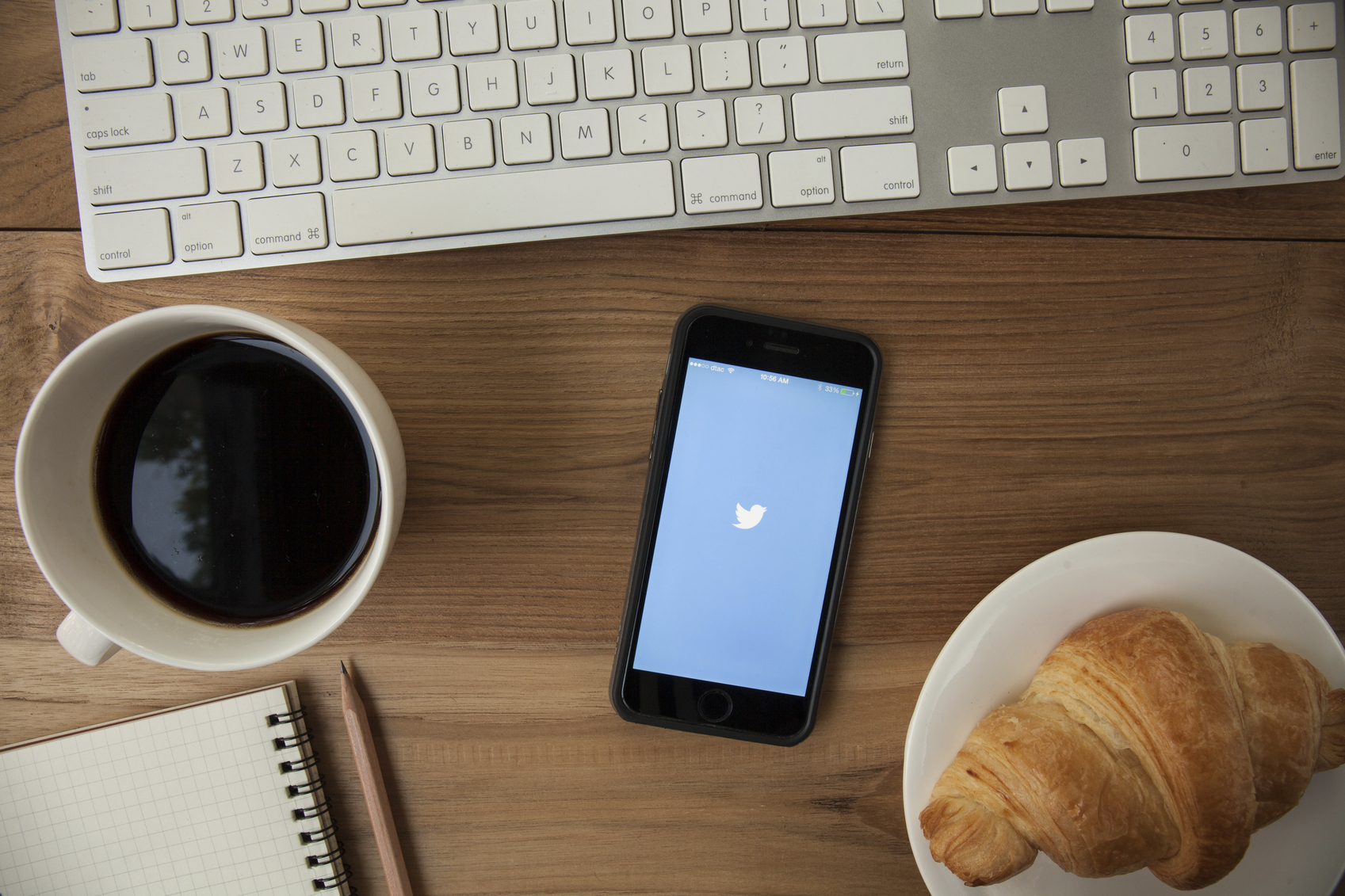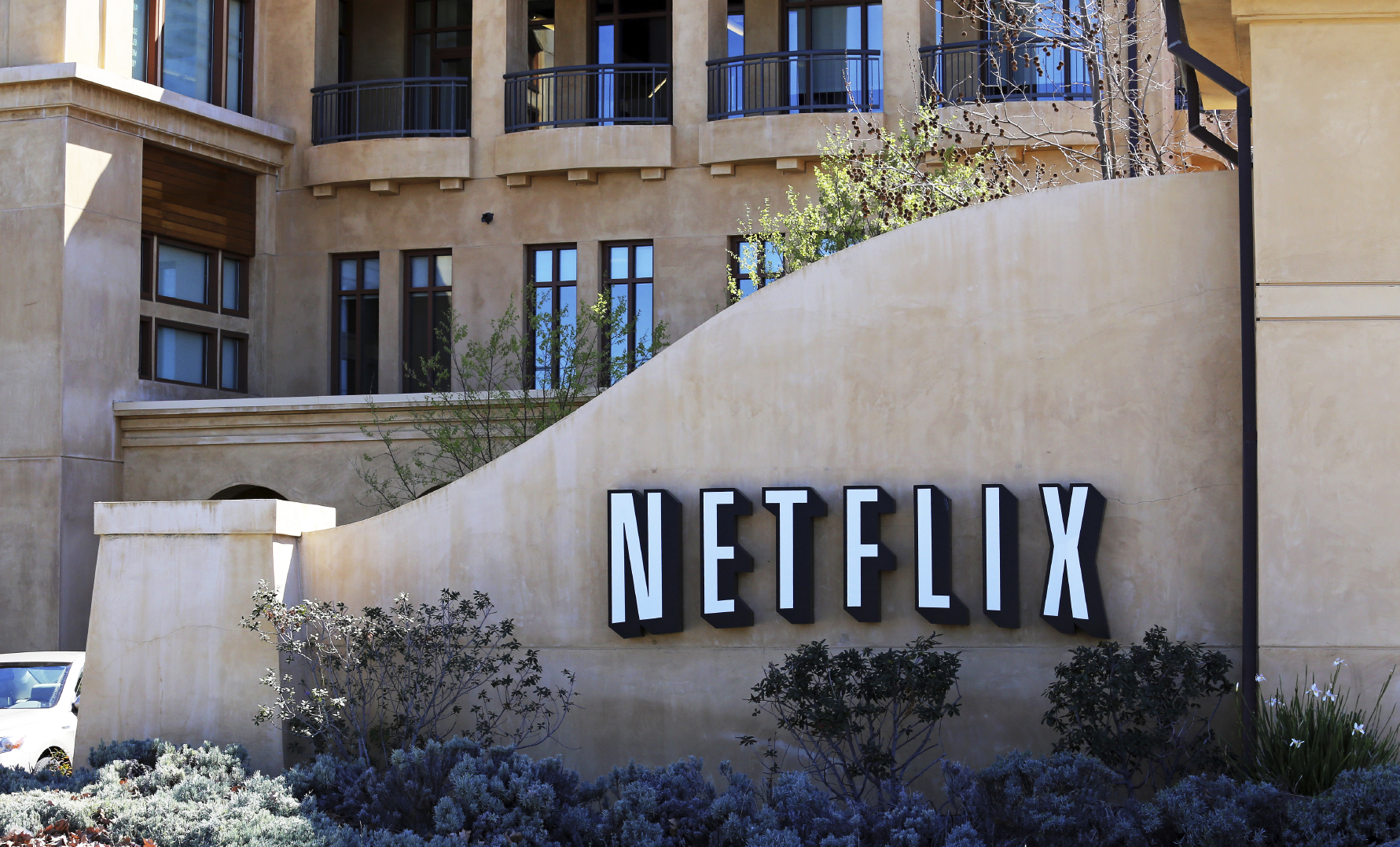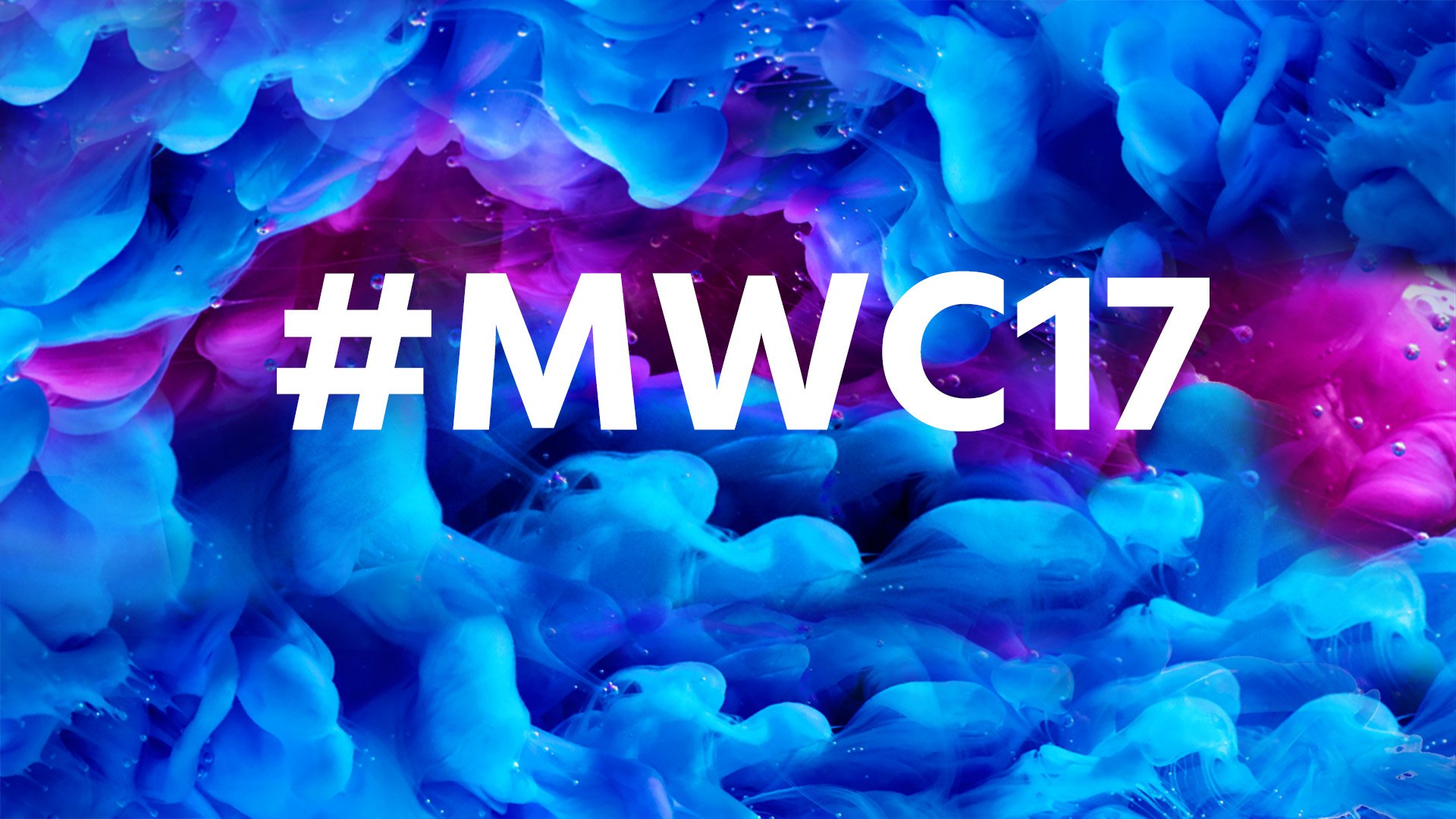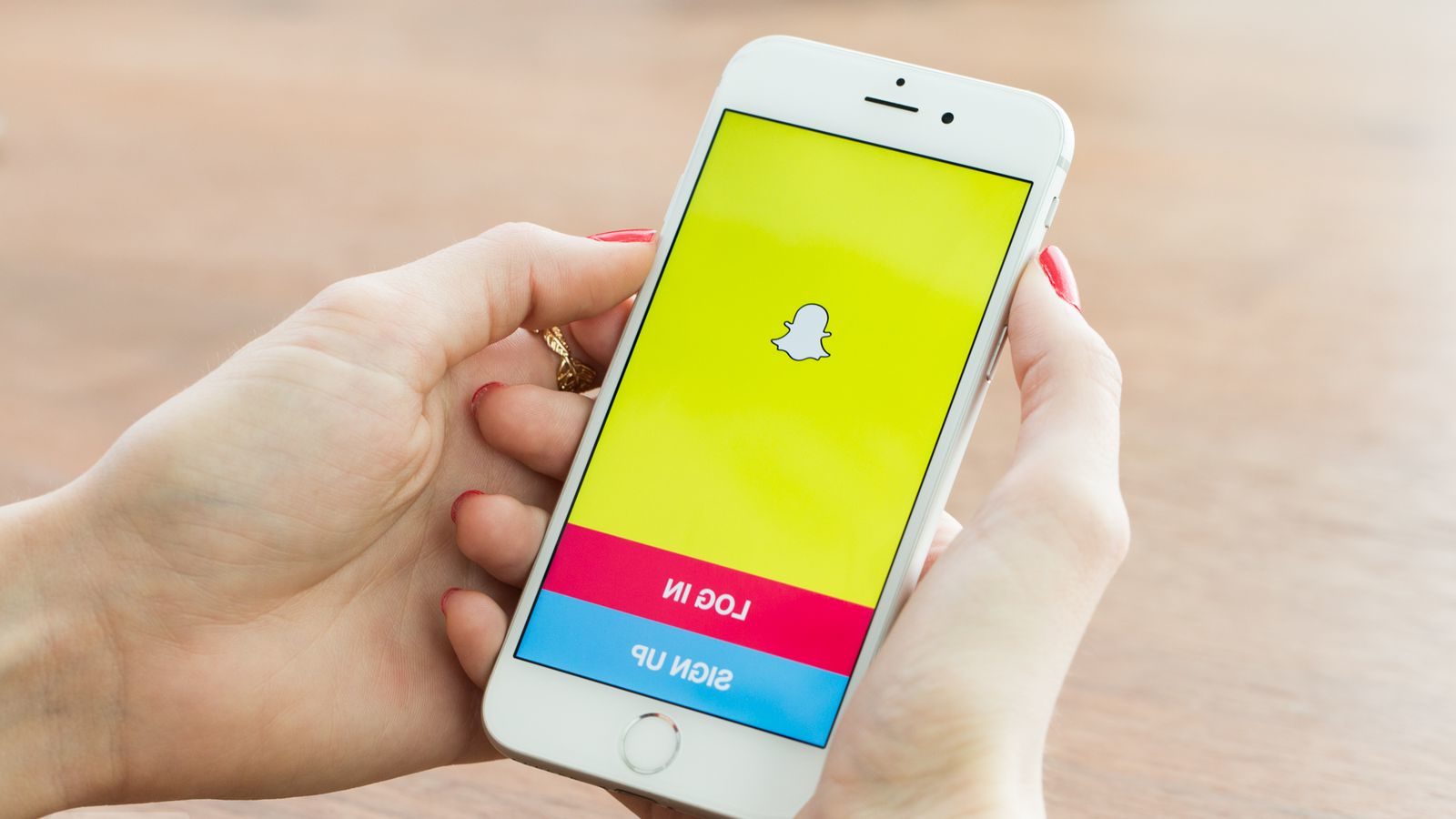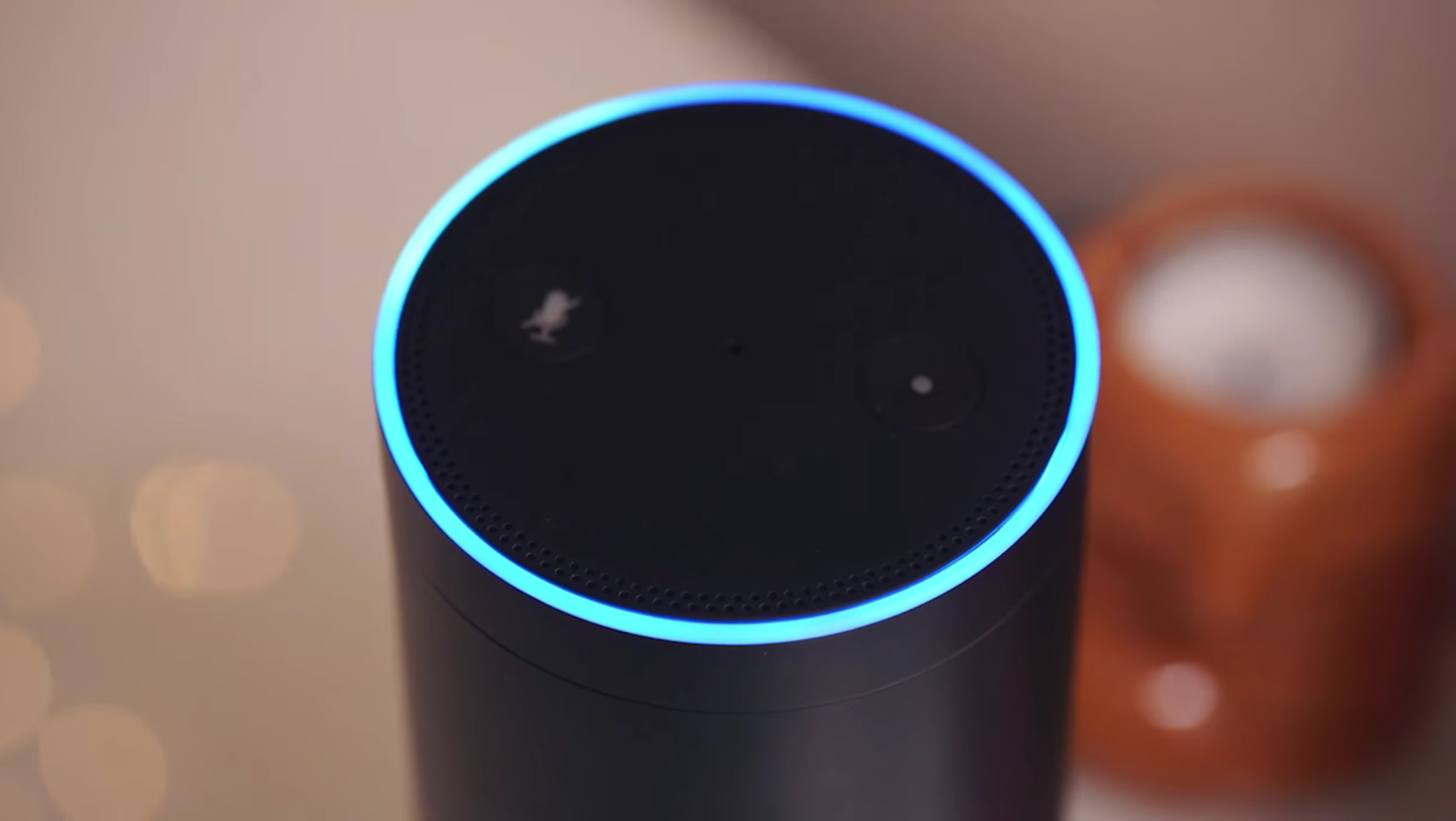What Happened
Twitter has reportedly struck a partnership with Bloomberg to launch an around-the-clock live news channel in the fall, as the social media company continues its aggressive push into livestreaming. While Twitter has been hosting official live streams for various sports events such as NFL games and the Wimbledon matches, this would be the first continuous video feed to be hosted on the platform. The 24/7 live news channel is expected to launch this fall, and it will air news reporting from Bloomberg news bureaus around the world while also incorporating “a curated and verified mix of video posted on Twitter.”
What Brands Need To Do
For brands with a global presence, this upcoming live news channel on Twitter could be an exciting new channel to look out for. While not specified, this live channel is expected to be ad-supported, giving brands an always-on channel to reach online viewers. Considering the finance-heavy focus on Bloomberg’s news reporting, it could become a particularly valuable channel for audience in that segment. As live streaming continues to gain momentum, more brands should seize the rise of this emerging medium to directly connect with consumers.
For more in-depth analysis how brands can leverage global mega-channels and niche micro-channels to effectively reach key audiences, check out the Global Culture section of our Outlook 2017.
Source: Wall Street Journal
